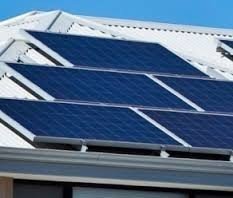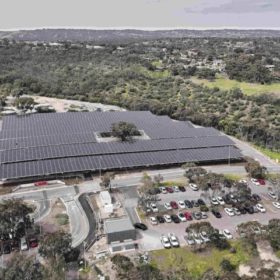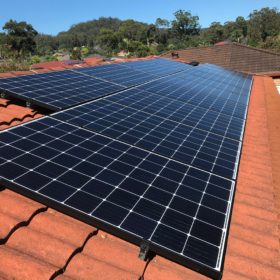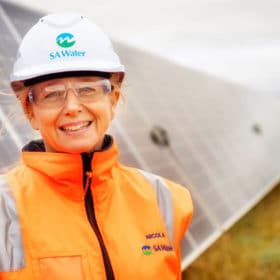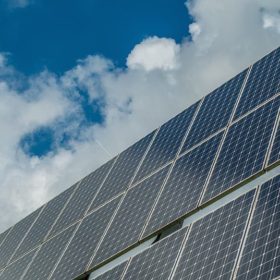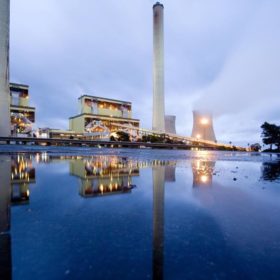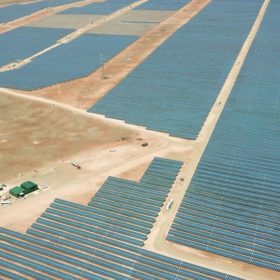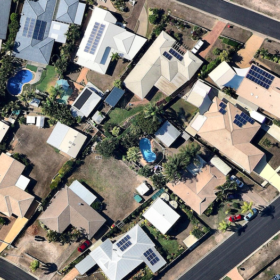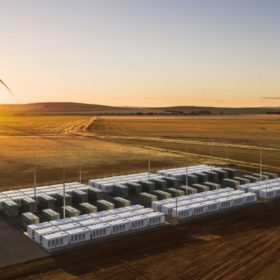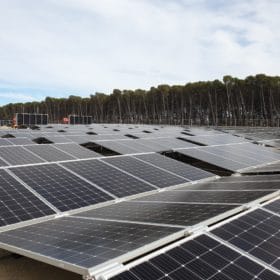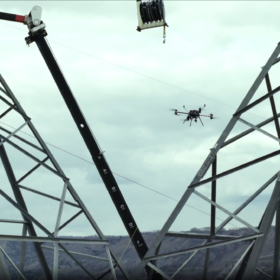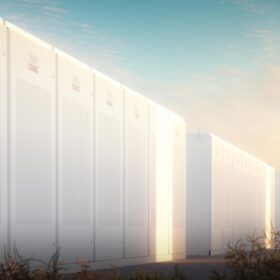Spa town? South Australia’s hot water systems set to soak in the solar
Some 2,400 South Australians will soon be fogging up the bathroom mirror without qualms about the cost of heating water, as Solahart implements a trial that controls hot water systems to put in their main effort when the sun is high.
Adelaide university now 100% powered by local renewables
Flinders University in Adelaide has announced its campuses and facilities are now officially 100% powered by renewable energy from campus-based solar arrays and a local wind farm.
South Australia leads way in winding back of demand
Australia’s record-breaking embrace of residential and commercial solar PV continues to reduce grid demand in the nation’s electricity systems and has delivered a “world first” for South Australia with solar power matching 100% of the state’s underlying demand for the first time on record.
SA Water is pumping with the power of the sun
Nicola Murphy, SA Water’s Senior Manager, Zero Cost Energy Futures has the sunniest disposition as she works steadily to ensure the substantial energy needs of the state’s vital water utility are solar powered from source to faucet.
Surprise loss of ~420 MW of rooftop PV in South Australia shows forecasting key for future
An unexpected loss of more than 400 MW of rooftop PV in South Australia earlier this month has reinforced how critical accurate forecasting tools are for the management of networks with high shares of renewable energy.
AGL continues march towards 850 MW of large-scale battery storage
AGL remains on track to add at least 850 MW of new large-scale battery storage to its portfolio by 2024 after securing energy storage technology companies Fluence and Wärtsilä to supply up to 1 GW of grid-scale battery storage.
South Australia’s road to 100% renewables is paved with infrastructure challenges
South Australia rounded out 2020 with a record-setting day, in which solar and wind supplied 99.6% of demand on the state’s electricity network on Dec. 27. But as solar veteran and Amrock MD Pierre Verlinden explains, there is some serious infrastructure needed if the state is to realise its 100% renewable ambition.
One Stop agrees to extensive remediation program after 49,400 STCs improperly created
One Stop Warehouse Finance has been disciplined by the Clean Energy Regular after it was found responsible for the creation of 49,400 improper small-scale technology certificates between 2017 and 2020.
One perfect 100% renewable day in SA
As Christmas lights twinkled their last, South Australia’s electricity grid spent a whole day basking in sunshine and turning towards brisk summer breezes. Renewables ruled — a taste of future feasting on clean energy.
SA Water makes splash with “world’s biggest” portable solar farm
South Australian utility SA Water is preparing to flick the switch on the “world’s largest” portable solar array with work having commenced on the installation of a 12 MW prefabricated PV system at the Happy Valley Reservoir near Adelaide.
